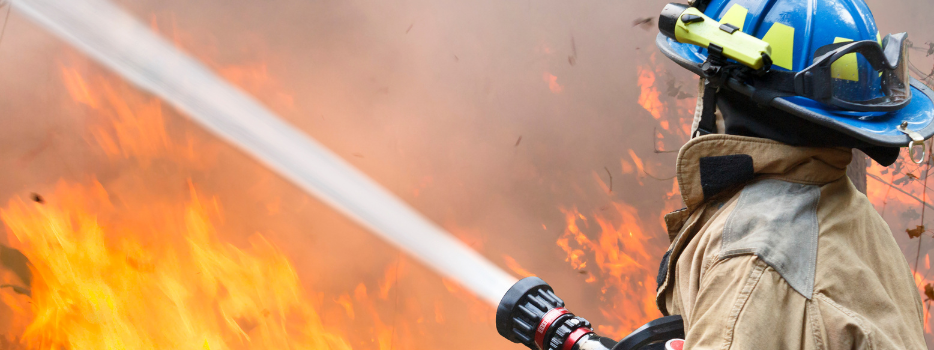Wildfires are becoming an increasingly common and devastating natural disaster. As global temperatures rise and dry conditions persist, the risk of wildfires has increased. If you live in a fire-prone area, understanding wildfire safety is essential. In this article, we'll share common causes of wildfires and tips you can follow to protect your home.
Ten percent of wildfires in the United States are the result of natural causes like lightning strikes or volcanic activity. The remaining 90% are caused by human error, including:
- Unattended campfires
- Unsupervised activities
- Lit cigarettes
- Equipment issues
- Debris burning
- Vehicles
- Equipment malfunctions
Following these tips can help protect your home from wildfires:
Become familiar with and prepare the different home ignition zones.
- Immediate zone includes your home and zero to five feet from the furthest attached exterior point of your home. Remove flammable materials, such as trees, leaves, pine needles, wood piles, and furniture.
- Intermediate zone is five to 30 feet from your home. Here’s where you’ll need to play some defense. Consider creating fuel breaks, which include gravel or concrete paths, and removing flammable materials.
- Extended zone is 30 to 200 feet from your home. In this zone, you can plant trees and store your firewood. Be sure there’s enough space between the trees to account for future growth. The goal is to prevent their canopies from touching.
To learn more about the zones, click here NFPA - Preparing homes for wildfire.
Cover miscellaneous openings.
Install 1/8-inch metal mesh over openings such as eaves, vents, and chimneys. Don’t forget about open spaces under decks or stairs. The goal of installing the mesh is to prevent hot embers from getting inside and starting a fire.
Reinforce your fence.
If you have a wooden fence, consider creating a stone fuel break around it. If that’s impossible, create a metal barrier between the fence and your home to prevent the fire from spreading.
Use fire-resistant materials when updating your home.
If it’s time for a new roof, consider using fire-resistant materials such as metal, tile, slate, or pressure-treated shingles. Fire-resistant siding options include fiber cement or stucco.
Soak your property with water.
Wetting down your home and the immediate area around it can help prevent the spread of fire. However, if there are water use restrictions, this won’t be an option. In addition, if you have a well and the power is out, you can’t pump water. If you're vacating your property, be sure to designate water sources such as a pool, lake, or pond that the fire department can use.
Keep doors and windows closed.
This will help prevent drafts that can fuel a fire and prevent embers from getting into your home.
Turn off your natural gas.
This eliminates another fuel source.
Ensure emergency responders can access your property.
Remove clutter or debris and leave doors and gates unlocked so the fire department can access your property while combating the fire.
For additional information, check out the American Red Cross Wildfire Preparedness Checklist.
A natural disaster can cause significant stress, anxiety, or depression. If you’re experiencing any of these things, seek professional assistance or call the Disaster Distress Helpline at 1-800-985-5990.
Sources:






